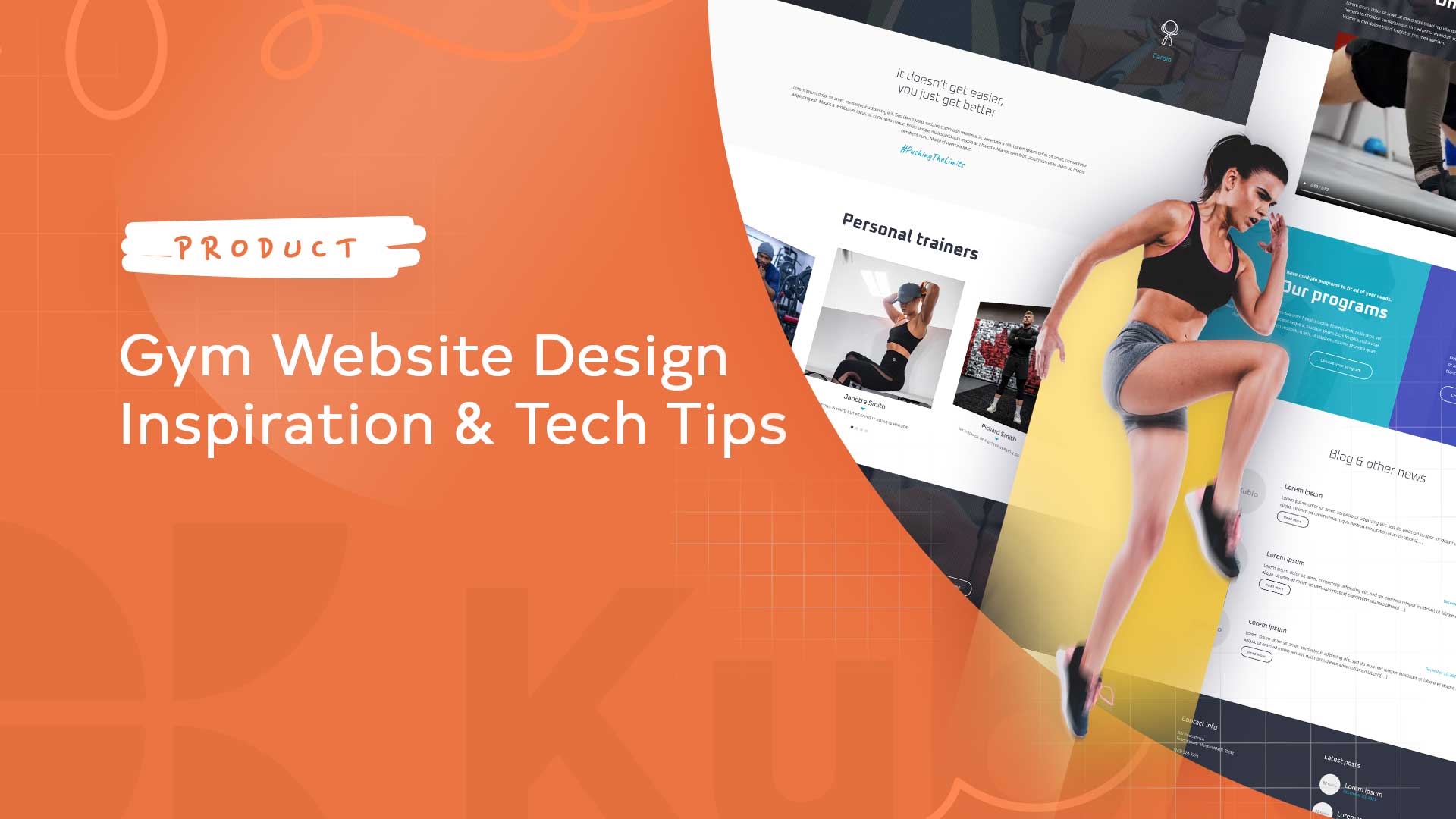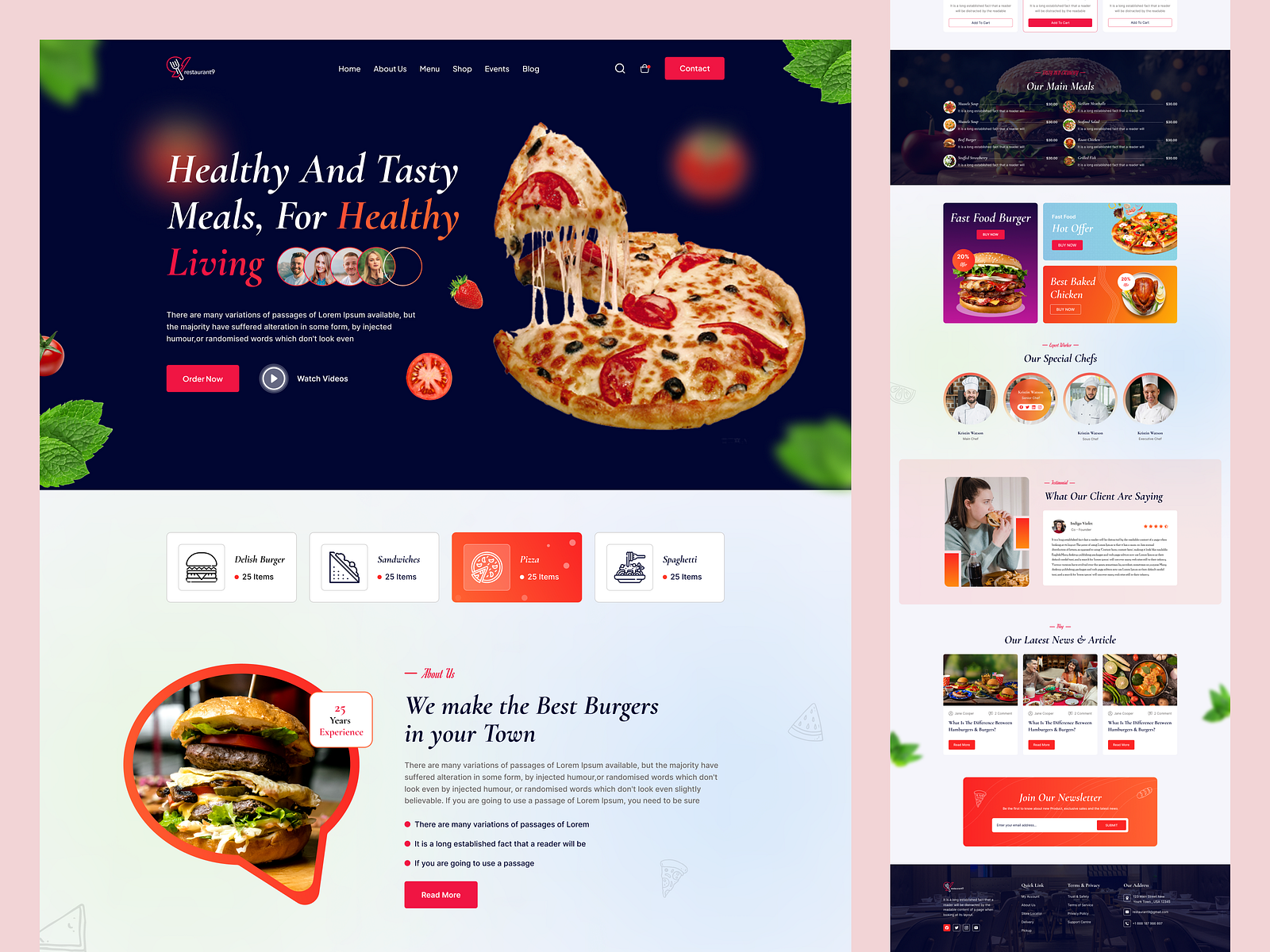How Website Design in copyright Can Drive Traffic and Improve SEO
Important Tips for Crafting High-Impact Web Site Layouts
In the world of digital marketing, the design of a site functions as an essential touchpoint for involving potential customers. To produce high-impact web site styles, one must take into consideration vital elements such as target market understanding, individual experience, and visual hierarchy. Each of these elements plays a pivotal duty in not only bring in visitors but likewise in facilitating purposeful interactions. Yet, the interaction between these factors can be nuanced and intricate, raising the concern of just how to efficiently stabilize them to achieve ideal outcomes. Exploring these approaches can result in transformative end results for your online existence.
Understand Your Target Market
Comprehending your target market is basic to efficient internet site layout. A website that resonates with its visitors is frequently the result of detailed research and insights into user demographics, preferences, and behaviors. Identifying target customers permits developers to customize web content, visuals, and functionalities that meet their specific needs, boosting involvement and satisfaction.
To successfully comprehend your audience, begin by conducting group evaluations to gather information on age, sex, place, and interests. This information functions as a structure for producing individual identities, which represent the key features of your target market. These personalities guide decision-making in style elements and web content method, guaranteeing alignment with customer expectations.
Additionally, assessing individual behavior with tools like Google Analytics can disclose just how site visitors interact with your website. Metrics such as bounce rates and time on web page can highlight areas that require renovation or modification. User studies and feedback additionally offer indispensable insights right into preferences and discomfort points.
Inevitably, a deep understanding of your audience is not just advantageous yet essential. It equips developers to create even more pertinent, attractive, and useful sites that cultivate a favorable customer experience and drive preferred end results.
Prioritize User Experience
When creating a website, prioritizing individual experience (UX) is vital to attaining both user fulfillment and organization objectives. A well-crafted UX makes sure that site visitors can navigate the website easily, find the info they require, and involve with content efficiently. To complete this, it is essential to take on a user-centered style strategy that includes understanding customer needs, preferences, and habits.
Begin by performing comprehensive research, consisting of customer studies and usability testing, to gather understandings into how individuals engage with your website. This information need to educate layout choices, ensuring that features and layouts align with customer assumptions. Structured navigating is crucial; site visitors need to be able to locate info rapidly without unnecessary clicks or confusion.

Finally, make certain that your internet site is obtainable to all individuals, consisting of those with impairments. Sticking to availability requirements not just widens your target market yet also fosters inclusivity. By focusing on UX, you lay the structure for an effective website that satisfies both customer needs and organization objectives.
Embrace Visual Power Structure
A well-structured visual hierarchy plays a significant duty in enhancing customer experience by assisting visitors' attention to one of the most essential elements of a website. By strategically setting up content, designers can develop a clear course for individuals to follow, ensuring they involve with essential information effectively.

Furthermore, the placement of elements on the page is crucial. Leading the customer's stare with the design can be accomplished by positioning critical information at the leading or in the center, where individuals usually start their visual trip. Integrating whitespace around aspects can also boost clarity, making it easier for customers to refine info without feeling bewildered.
Finally, employing typography properly contributes to aesthetic pecking order. Different font style weights, designs, and dimensions can represent relevance, guiding users via the material perfectly. By welcoming these principles, developers can produce an intuitive experience that fosters involvement and encourages individuals to explore better.
Enhance for Mobile
Mobile optimization is important in today's electronic landscape, as a considerable section of web website traffic comes from mobile phones. To guarantee a smooth user experience, web sites should be designed navigate to this site with mobile individuals in mind. This entails employing receptive website design strategies that adjust the design, photos, and text to fit different display dimensions while keeping functionality and visual appeals.
First, focus on filling speed, as mobile individuals usually operate on slower networks. Decrease and optimize pictures code to improve efficiency. In addition, navigation needs to be intuitive; think about carrying out a streamlined food selection that allows easy access to necessary pages without overwhelming individuals.
Touch targets, such as links and buttons, must be properly sized, ensuring they are quickly tappable without errors. Make certain that kinds are mobile-friendly by lessening input fields and using dropdowns where applicable, streamlining the user experience.
Lastly, test your internet site throughout different smart phones and browsers to recognize any kind of concerns that may affect use. By focusing on mobile optimization, you not only improve customer fulfillment but also positively influence your site's online search engine position, therefore attracting even more site visitors and improving overall involvement.
Implement Strong Branding
Creating a recognizable and natural brand is basic to developing a strong on the internet presence. A distinct brand not just differentiates you from rivals but also fosters count on and loyalty among your target market. To carry out solid branding, begin by establishing a clear brand name identity that encapsulates your mission, worths, and vision - website design copyright. This identification needs to be mirrored regularly across all digital touchpoints, including your website, social media, and e-mail interactions.
Visual aspects such as logo designs, color design, and typography play a crucial function in branding. Pick a color combination that reverberates with your target market and reflects your brand character. Make certain that your logo is functional and plainly shown on your web site, boosting brand name recognition.
Content is similarly important; your tone of voice must straighten with your brand name identification, whether it's specialist, pleasant, or authoritative. Engaging storytelling can further strengthen your brand, producing a psychological link with individuals.
Verdict
In final thought, crafting high-impact site designs necessitates a multifaceted strategy that includes comprehending the additional hints audience, focusing on user experience, and welcoming aesthetic hierarchy. By incorporating these components, internet sites can successfully engage customers, assist in seamless navigating, and foster emotional links that improve brand identification.
To create high-impact internet site styles, one have to think about important elements such as target market understanding, individual experience, and aesthetic pecking order.When designing a web site, prioritizing individual experience (UX) is paramount to accomplishing both user contentment and company purposes.Start by carrying out comprehensive research study, consisting of user studies and usability testing, to collect insights into just how users communicate with your website. To make certain a smooth user experience, web sites have to be developed with mobile individuals in mind.In verdict, crafting high-impact website styles requires a complex approach that includes recognizing the audience, prioritizing user experience, and accepting aesthetic power structure.